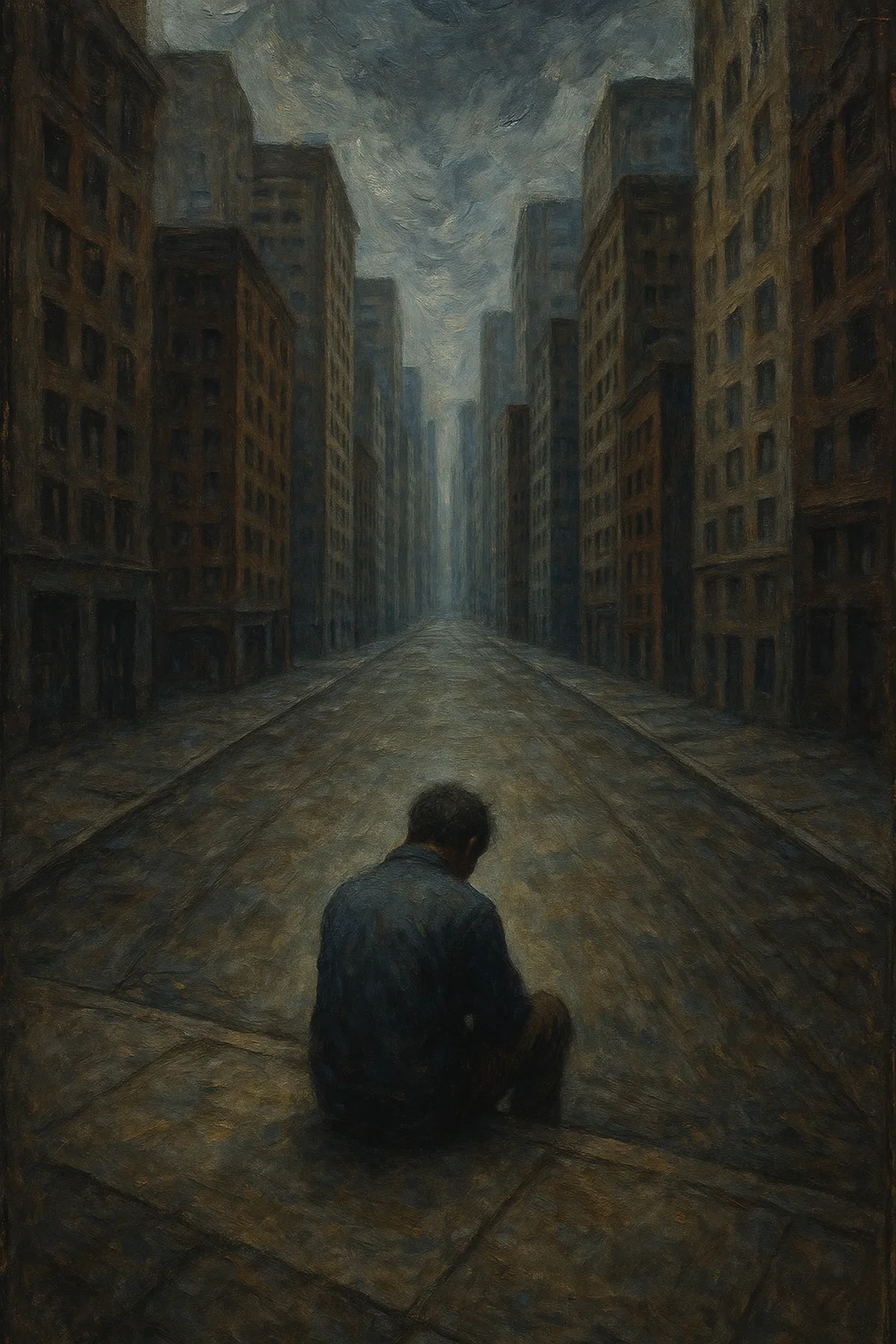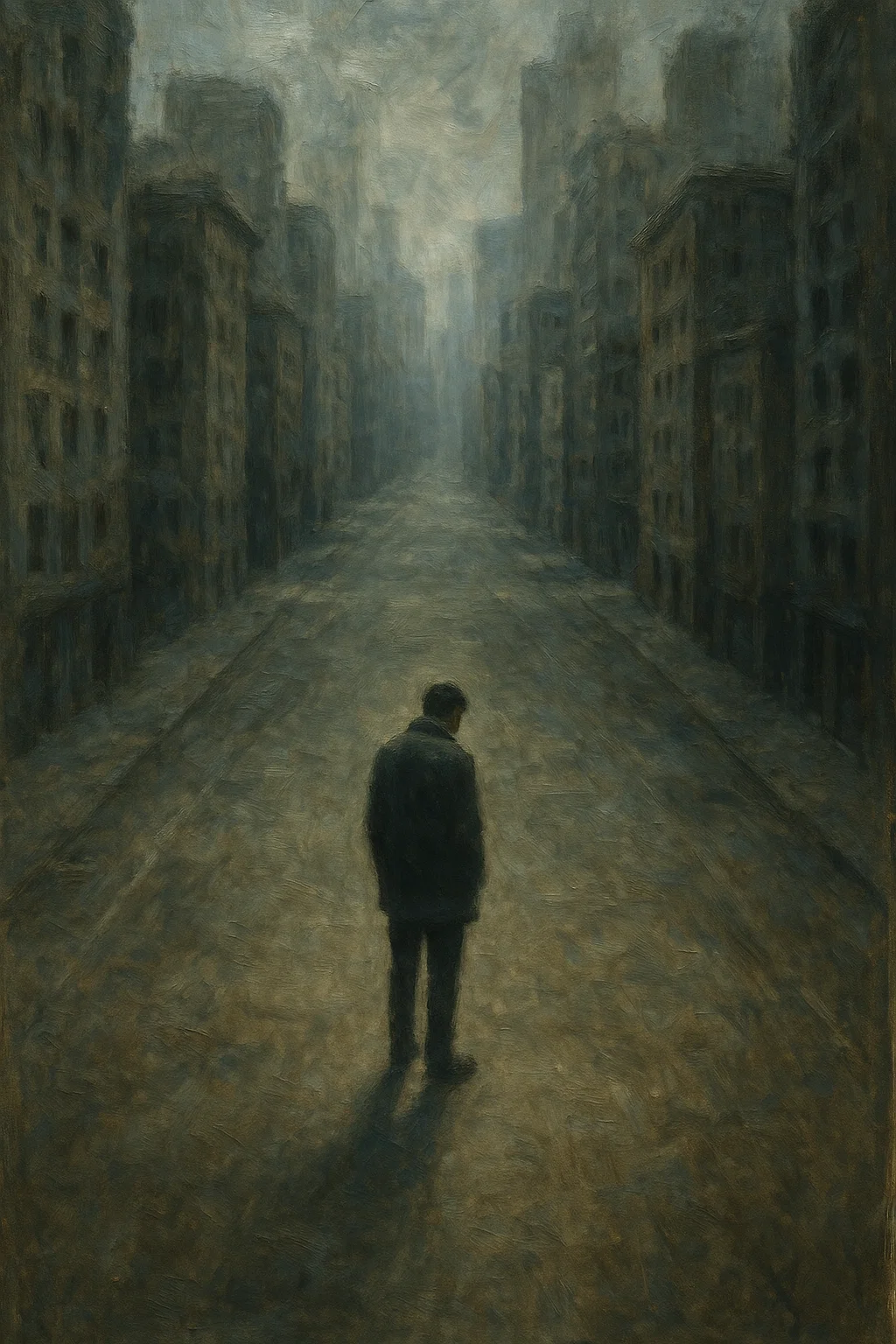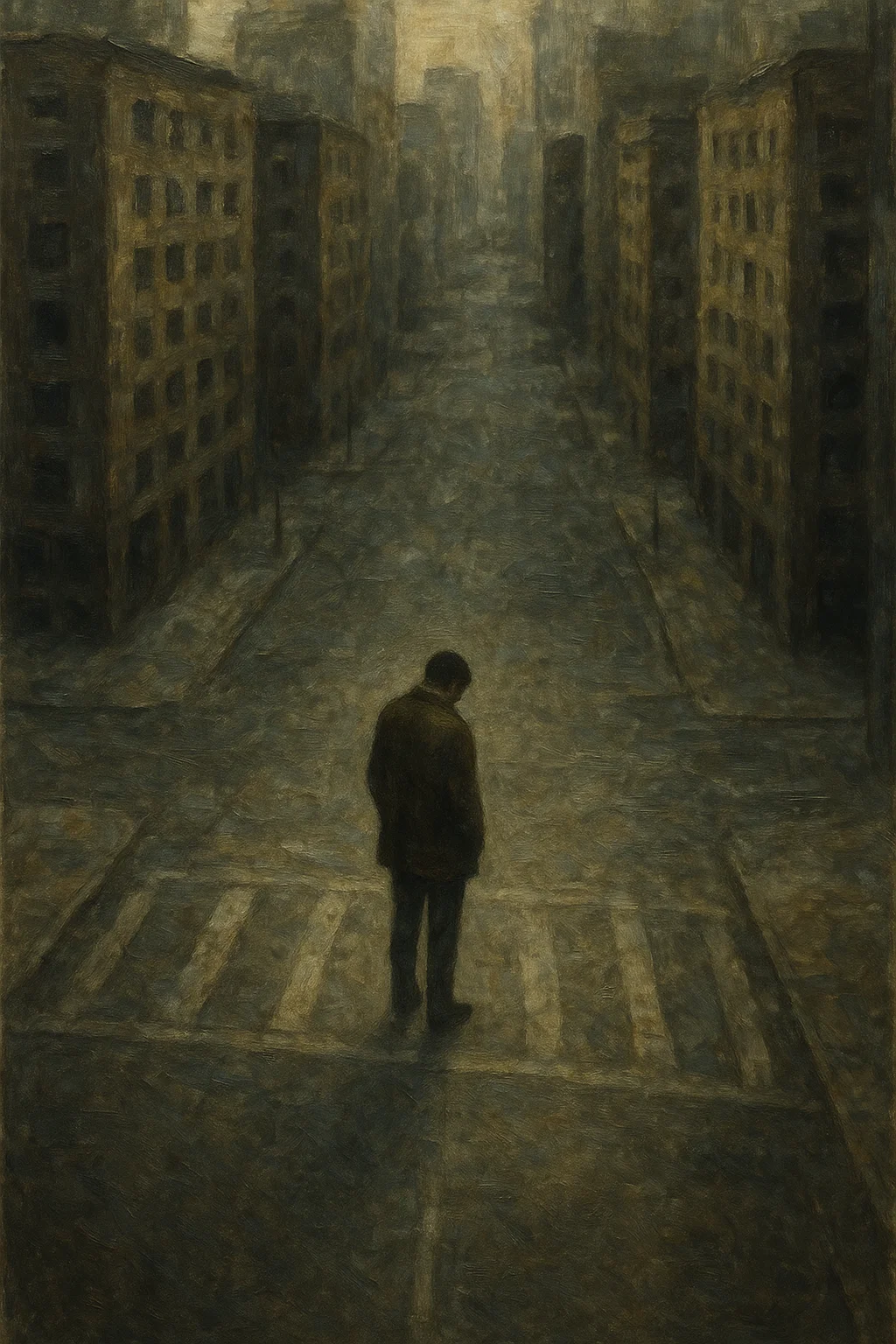AI in Visual Arts: Navigating Ethics, Inspiration, and Innovation
- Camila Vasconcelos

- Apr 26
- 3 min read
AI in Visual Arts: Navigating Ethics,
Inspiration and Innovation
IBDP Visual Arts - by Camila Vasconcelos

In recent months, I’ve spent a lot of time reflecting on the role of AI in the visual arts. As an artist and teacher who deeply values personal voice, craftsmanship, and cultural authenticity, I’ve found myself in the middle of a passionate and sometimes polarized debate.
One conversation that caught my attention involved the use of AI filters to replicate the iconic Studio Ghibli animation style. While users were not claiming authorship, many artists raised valid concerns: the replication of style without consent, the lack of credit, and the broader implications of feeding AI models with copyrighted works.
It made me pause.
What is our responsibility, as artists and educators, when it comes to emerging technology? How can we ensure that we're preparing students not just to use AI, but to think critically about it?
Where I Stand
I believe in the power of AI as a tool, but not a substitute for creativity.
AI can help spark ideas, push stylistic boundaries, or visualize complex scenes. But the artistic process goes beyond visuals. It’s the thought behind the concept, the time spent experimenting, the choice of medium, the cultural references, and the meaning that transform an idea into art.
I encourage transparency and ethical use. That means:
Acknowledging when AI tools were used.
Avoiding direct replication of existing artists’ styles without permission.
Engaging with AI as one of many steps in the creative journey, not the final destination.
We also can’t ignore the environmental cost of AI to work worldwide. AI models require enormous computational power, which translates into high electricity consumption and water usage to cool data centers. Responsible use includes being aware of this impact and incorporating sustainability into how we teach and create. That's why it is so important to minimize the use of AI in classrooms and value the time students can spend away from the screens and actually working on hands-on projects that will enhance their skills and techniques. Guiding students to save their screen time to research for references, artists, and creative art techniques might be better than relying on a technology that still raises so many concerns.
But if it is not possible to keep students away from this new technology, here you can find five ways to integrate AI into the IB creative process, without impacting students' final results and original ideas:
5 Ways Students Can Use AI as a Starting Point (Not a Shortcut)
1. Generate Concept Sketches Based on Prompts
Use AI to visualize a theme you’re exploring, like “urban isolation” or “transformation.” This can help you brainstorm composition ideas or perspectives you hadn’t considered. Save the image as a reference, not a final piece.
Urban Isolation - different perspectives to be used as a starting point (Credit Image: Sora AI)
2. Test Color Palettes and Lighting
Struggling with how your piece will look in twilight versus golden hour? Use AI tools to test lighting conditions or emotional palettes before you commit to paint or color.



3. Design Alternate Worlds for Conceptual Work
If your theme involves surrealism, future cities, or alternate realities, AI can help generate imaginative environments to inspire your own detailed drawings, paintings, or installations.

4. Explore Cultural Symbols Respectfully
Interested in ancient traditions or cultural motifs? AI tools can help combine references, but always double-check their accuracy and research the real cultural contexts. Use AI as a research partner, not an expert.

African Patterns and Motifs - used as a guide to better combine elements, colors, and patterns (Credit Image: Sora AI)
5. Create Mood Boards or Storyboards
Instead of using stock photos or Pinterest alone, generate visuals tailored to your project theme. This can help you visually plan your Process Portfolio, explore media transitions, and guide mixed-media experimentation.

Explore what media to use next, based on the results you enjoyed seeing generated (Credit Image: Sora AI)

Closing Thoughts
As artists, we’re constantly evolving. New materials and methods—from charcoal to digital tablets, clay to code—have always challenged our definitions of art. AI is no different. But it’s our intentionality, ethics, and imagination that shape how we use it.
Let’s not fear AI, but let’s not blindly adopt it either. Let’s educate ourselves and our students to be thoughtful, responsible creators in this digital age. This is my true belief.
Camila Vasconcelos
















Comments